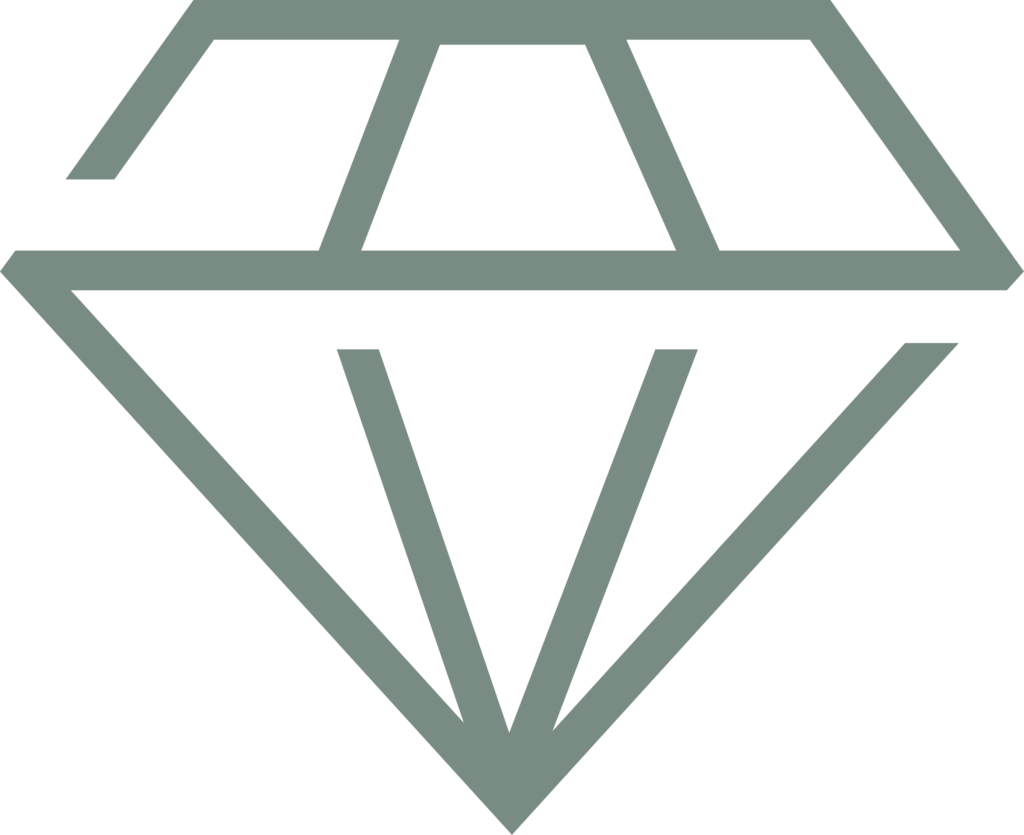SLS
SLS is the most robust 3D printing technology. It is used to its full advantage when the focus is on function and durability. SLS models can be used both for serial production and for the production of functional prototypes where rigidity, durability, and flexibility are required. The models are built layer by layer directly from your 3D files.
Realistic prototypes
SLS models can be polished and lacquered so that they look like the envisaged final product, with the right surface colour and appearance.
For parts that are larger than the dimensional capacity of the machine, several parts can be glued together into a larger one.

Machine size: 340 x 340 x 600 mm

Normal delivery time: 2-4 days

Minimum wall thickness: 0.6 mm

Layer thickness: 0.12 mm
The pros and cons of SLS
Pros
- Temperature resistance
- Material strength and toughness
- Repeatability
Cons
- Coarser surface and poorer tolerances than SLA
- Risk of warping, especially with larger, flat models
How SLS technology works
A laser beam strikes the surface of a powder bed. The powder fuses wherever the laser strikes it. This layer is then lowered by 0.12 mm, and a scraper applies new powder to the surface. The laser then makes another sweep over the build surface, and fuses the surface of a cross-layer of the part, and penetrates into the layer underneath. The part is thus built layer by layer until the model is completed. Since this is done in a powder bed, there’s no need to add any support to the models that you produce with SLA, as each model is automatically supported by the powder.
When a build is completed, the entire build must be allowed to cool down, because the build itself is at about 170°C. If the build is removed too quickly from the machine, the parts are soft and present a significantly higher risk of wraping.
Dimensional tolerances for SLS are min. ± 0.2 mm and ± 0.25%. Tighter tolerances by separate agreement.
The minimum wall thickness on x/y/z is 0.6 mm.
It’s possible to thread the plastic directly. We also have the possibility of putting threaded inserts into your models to obtain longer-lasting threads.

